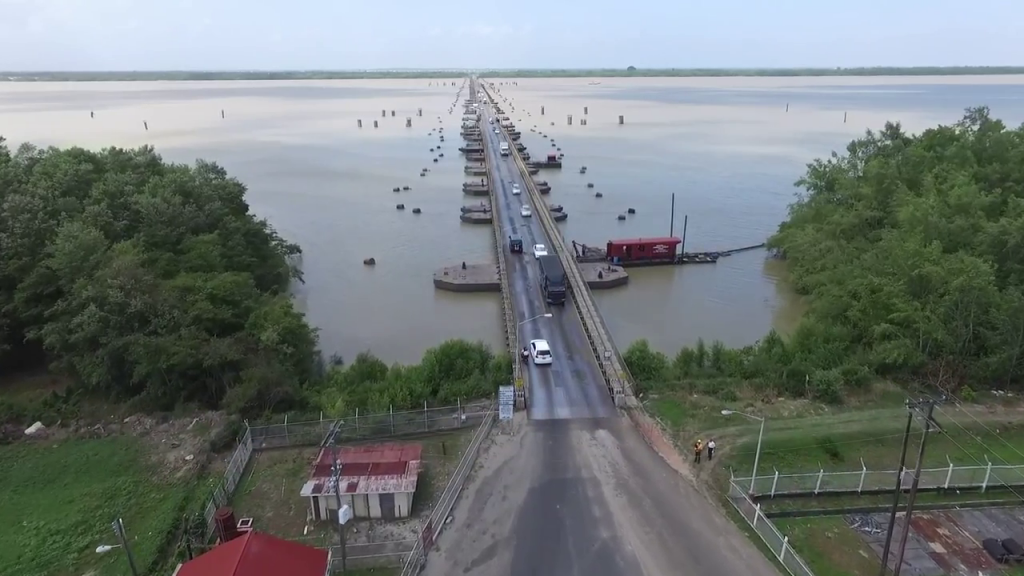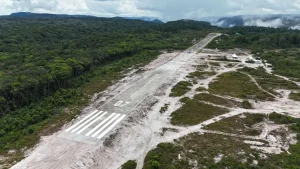Automated toll system goes into effect on Friday at Harbour Bridge

In an effort to reduce the traffic congestion at the Demerara Harbour Bridge, a multi-million-dollar automated toll system for commuters will be rolled out on Friday, April 1.
General Manager of the Demerara Habour Bridge Corporation (DHBC) Wayne Watson revealed on Thursday that a pilot testing phase of the system, which started in February with a few select vehicles “went well”, thus the move to roll out the automated system to the public.
Watson said commuters will only need to pay their toll via a Radio-Frequency Identification (RFID) tag which will be placed on the front of their vehicle and on their mobile phone.

According to him, bridge commuters will be registered to a database and they will need to have funds in their mobile money account. The magnetic RFID tag will go on the vehicle and when that vehicle approaches the toll station on the eastern end of the bridge, the sensors will identify the vehicle using the tag and the toll will be deducted automatically.
He noted that different tags will be created for different vehicles, whether cars, trucks or vans.
On Thursday morning, the newly appointed Commissioner of Police (ag) Clifton Hicken met with the Traffic Chief Ramesh Ashram and Watson to reassess the traffic strategy that was put in place to alleviate the traffic woes at the bridge during the peak hours.
“Mr. Hicken was pleased to point out that there was a relatively smooth flow of traffic on both the eastern and western end of the bridge during the morning peak hours. This, he said, is an indication that the current strategy is working in terms of opening two lanes of traffic (double lane) going east – (West Bank to East Bank across the bridge) from 6:00 am to 7:00 am,” a press release from the Police Force noted.
According to the release, a second opening for two-lane traffic will depend on the traffic situation on both sides of the bridge.
Meanwhile, as part of the bigger traffic strategy, Mr. Ashram said more traffic ranks will be visible at specific points along the road to assess the traffic situation and, in the event of a build-up or congestion, a decision will be taken to open up an extra lane to ease the traffic flow.

“The new arrangement entails having more ranks on the ground to constantly monitor the traffic situation and any buildup of the traffic on either sides, that information will be passed upwards and can trigger a double lane…the idea is to move the traffic and not get it stagnated on either side of the bridge,” the Traffic Chief posited.
The Traffic Chief is also urging persons to remove all obstructions or encumbrances on the main access roads, especially derelict vehicles/equipment and immovable vehicles parked along the roadways or act as a hindrance to traffic.











